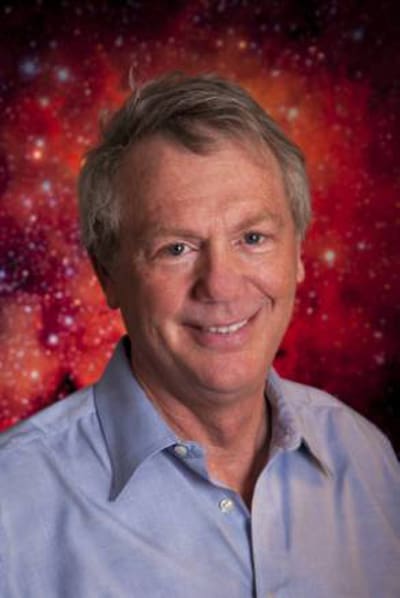
Dust is annoying, particularly when you want to obtain a precise measurement of the expansion of the universe.
Today, Robert Kirshner from Harvard University gave a plenary lecture at the 2013 AAAS meeting in Boston giving participants a tour of the latest in dark-energy research.
Kirshner is a member of the High-Z team that some 15 years ago used observations of supernovae to discover that the expansion of the universe is accelerating.
Indeed, his former students – Brian Schmidt and Adam Riess – shared the 2011 Nobel Prize for Physics together with Saul Perlmutter for this discovery.
Riess, a graduate student at the time, played an important part in figuring out how to account for dust when measuring supernovae distances. This dust surrounding a supernovae is annoying as it absorbs light, which introduces uncertainties in deducing how far away supernovae are.
Reiss managed to account for this well enough to measure the brightness of supernovae to a reasonable precision that could then be used to deduce the accelerating expansion of the universe; but now Kirshner’s team is planning to go a few steps further by doing better measurements.
This will be done by using the Hawaii-based Pan-STARRS telescope to find candidate supernovae and then follow up the measurement in the infra-red to “see” through the dust cloud and get a better measure of the supernova’s brightness.
Kirshner’s team has just started to use the Hubble Space Telescope to do this kind of measurement in the infra-red.
Dark energy is thought to account for around 73% of the total mass-energy of the universe, but Kirshner thinks this new technique will give researchers a more precise measure.
Further ahead, Kirshner is looking forward to more enhanced infra-red observations of the universe by using the James Webb Space Telescope as well as the ground-based Giant Magellan Telescope, which he is involved in constructing.



